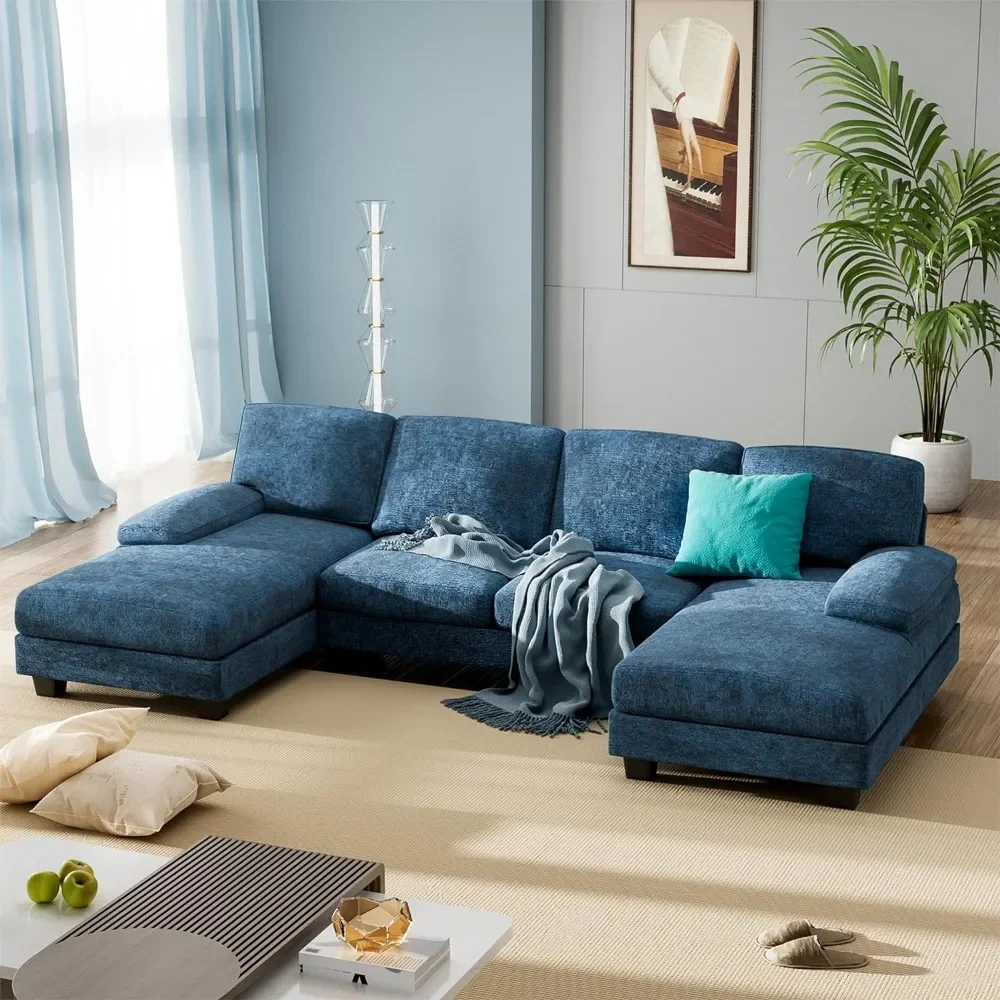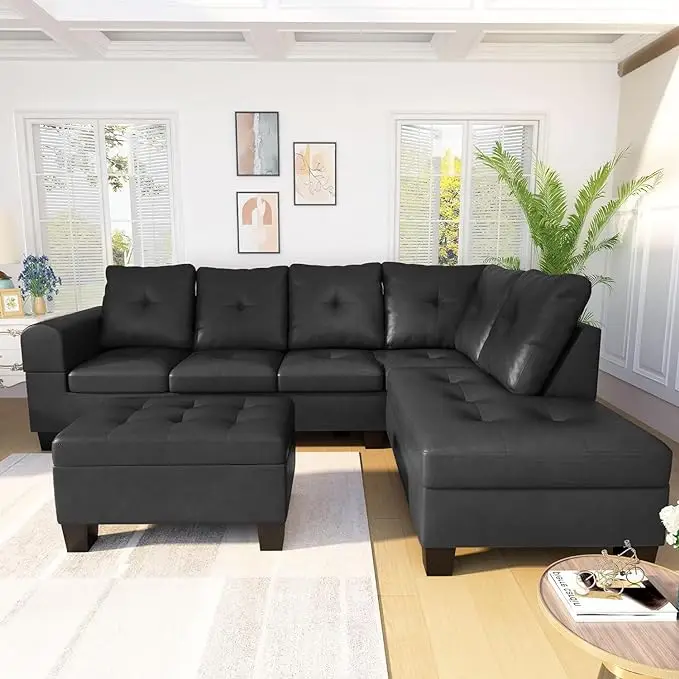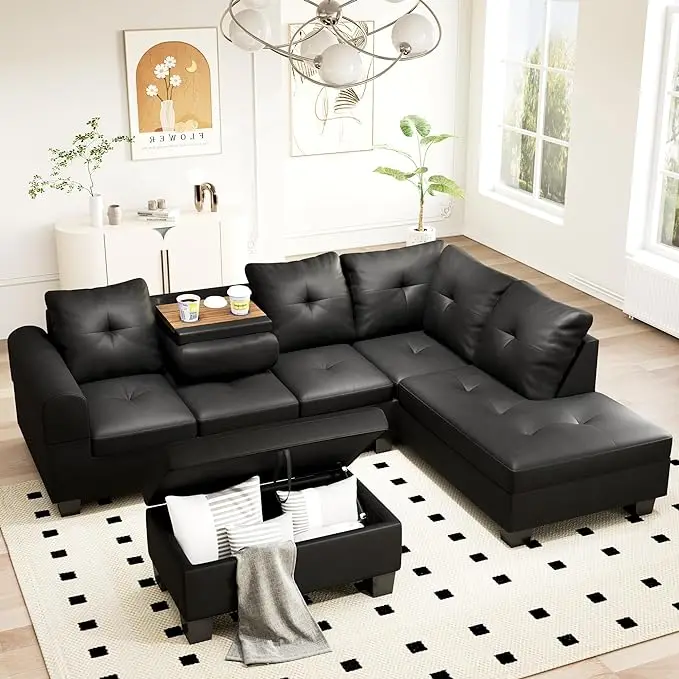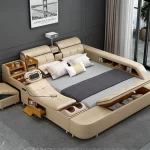When it comes to furnishing our homes, few decisions are as critical as selecting the right sofa. The perfect sofa can bring together a room aesthetically while also providing comfort and functionality. However, making the wrong choice can lead to frustration and wasted money. One of the key steps in ensuring that you choose the sofa that best fits your living space is accurately measuring the area where the sofa will reside. Here we provide essential tips for measuring a sofa, ensuring that you make an informed decision.
Understanding Your Space: Room Layout and Dimensions
Before diving into the measurements of your prospective sofa, understanding the overall layout of your living space is paramount. Begin by taking thorough measurements of the area where you anticipate placing the sofa. Use a measuring tape to determine the length, width, and height of the space, paying attention to any architectural features like windows, doors, and radiators.
Record your measurements and draw a scale floor plan to visualize how the sofa will look in relation to other furniture and fixtures. This will help you visualize the flow of the room and how the sofa will interact with your existing decor. Consider factors like walkways and entrance routes; you’ll want to ensure that your new sofa doesn’t obstruct any pathways or impede access to other areas of your living space.
It’s also vital to consider the room’s purpose. If it is primarily a family gathering area, a larger, multi-seat sofa may be appropriate. Alternatively, if the space is meant for more formal gatherings, a more elegantly designed, but possibly smaller sofa, may suffice. By understanding your space and its purpose, you set the groundwork for selecting a sofa that not only fits but also enhances the functionality of your room.

Sofa Dimensions: Know Your Measurements
Now that you have the dimensions of your room, it’s crucial to understand the typical dimensions for sofas themselves. Sofas come in various styles, such as sectionals, loveseats, and settees, each with its own measurements. In general, a standard sofa is approximately 72 to 96 inches in length and 30 to 40 inches in depth. However, knowing these basic dimensions may not be enough; the specific style you choose could greatly affect these measurements.
Considering the dimensions of the seating area is just as important. For instance, if the sofa has a low-back design versus a high-back design, it will impact the overall height that could fit under a specific ceiling or eave. Additionally, depth is key for comfort; most people appreciate a depth of around 36 inches. To accommodate different seating positions and preferences, it’s important to factor in the seat height as well, which typically falls between 18 to 20 inches from the ground.
When measuring, ensure to take into account the sofa’s overall depth, height, and width as well as the seat depth and height. Don’t forget to measure any armrests or cushions that might add to the dimensions. By understanding both the generic dimensions and the specific attributes of the sofa styles in question, you will be better prepared to select a piece that fits your space comfortably, both in size and in style.
Consider Your Doorways and Staircases
Even if a sofa seems to fit perfectly in your space, you must consider how it will navigate through doorways, hallways, and staircases. Many buyers overlook this step and purchase a sofa that fits their space only to find it cannot be delivered due to tight corners or narrow entrances.
Before making your purchase, measure all doorways, staircases, and hallways the sofa will need to pass through to reach its final location. A standard doorway is typically about 36 inches wide, so this is an essential measurement. If your sofa is wider than this, it may need to be delivered in pieces or require special maneuvering.
Another significant consideration is ceiling height, especially if your sofa has a tall back. The last thing you want is to buy a beautiful new sofa only to discover it can’t fit into your home! You’ll want to ensure that your sofa can either stand upright through narrow areas or that it can be maneuvered around corners without any damage to walls or furniture. By being diligent in measuring these backward routes, you can ensure that your new sofa becomes a cherished addition to your home rather than a source of buyer’s remorse.

Style and Design Preferences: More Than Just Size
While size and measurements are essential in the decision-making process, design preferences should also be at the forefront of your mind. The style of your sofa should ideally complement the overall decor of your living space. Do you have a modern, minimalist aesthetic, or does your space embrace a cozy, farmhouse feel? Your sofa can serve as a focal point, so selecting the right design is just as critical as getting the measurements right.
Consider the materials and colors that will best fit your existing decor. Different fabrics can change how a space feels; for instance, a leather sofa tends to bring a high-end, modern look, while a fabric-covered sofa can feel inviting and relaxed. Colors are also crucial. Do you want the sofa to be a bold statement in a vibrant hue, or would a neutral color better suit your plans for the space?

Test Before You Invest: Practical Considerations
While measurements and style are significant, the most crucial aspect of any sofa is often how it feels in practice. It’s vital to try before you buy. Visit local furniture stores to test out different sofas. Sit down, recline, and even lie back to see if it provides the comfort and support you desire.
Consider the firmness of the cushions as well. Sofas with soft cushions may feel cozy at first but could lead to discomfort over time, especially if you spend extended periods on them. Conversely, a hard surface might be better suited for posture support but can feel prickly without the right throw pillows. Striking the perfect balance between comfort and style is crucial to ensuring that your new sofa meets your expectations.
Fabric and Maintenance: Add Practicality to Design
Once you’ve settled on your measurements, design, and comfort level, don’t forget to consider the fabric type and its practicality. Sofas come in various materials, from leather to cotton blends, and each carries its own advantages and drawbacks. Think about your lifestyle when selecting a fabric; if you have children or pets, you might opt for a more durable, stain-resistant material rather than something that’s delicate and requires special care.
Assess the cleaning requirements of the fabric. Some materials can wipe clean easily, while others may require professional cleaning or intricate cleaning techniques. Fabrics with a tighter weave are usually easier to maintain and less prone to wear compared to looser weaves. If you live in a high-traffic area, consider durable fabrics that can withstand daily wear and tear, such as microfiber or treated leather.
The Importance of Budget: Balancing Cost and Quality
Finally, when measuring a sofa and considering your options, always keep your budget in mind. Sofas come in a myriad of price points, and while you may be drawn to a particular design, it’s essential to balance your desire for quality with your financial limitations. Investing in a good-quality sofa can yield benefits in longevity and comfort, whereas opting for a cheaper piece could lead to dissatisfaction soon after purchase.
Plan your budget ahead of time and stick to it. Consider looking for seasonal sales where you can find quality pieces at discounted prices. If a specific design or fabric catches your eye but exceeds your budget, ask the retailer whether they have similar alternatives that could fit within your price range.
Conclusion: Make an Informed Decision
Measuring a sofa involves far more than simply determining its dimensions; it’s an intricate process that spans room layout, design preferences, and real-world testing. By understanding the entire structure of your living space, accounting for doorways and stairways, considering comfort and style, and maintaining budgetary focus, you will be setting yourself up for success in your quest for the perfect fit.
As you navigate through the selection process, remember that the right sofa is not just an investment in your interior decor but also in your comfort and lifestyle. Choose wisely, and that new sofa will be an enduring part of your home’s ambiance for years to come.


